The painting shows a young woman carving her lover’s initials into a tree. A dog looks on as she does so. When Julie (Honor Swinton-Byrne) is taken to see this work of art by her boyfriend Anthony (Tom Burke), they both stare at it not with a sense of wonder but with the curious eye of artists who enjoy dissecting the works of others. Julie eventually says that the woman looks sad, while Anthony insists she looks determined. One begins to wonder if there is much of a difference between the two interpretations.
This is a crucial scene in Joanna Hogg’s semi-autobiographical film, The Souvenir, which shares its title with that of the painting. The film chronicles the years long and often troubled relationship between Julie, a film student, and Anthony, who works in the foreign office in Britain. Because of the film’s subtle sense of tone and shot construction, we know that their relationship is doomed. There are a lot of films out there about poisonous relationships (Marriage Story immediately comes to mind) where one gets the sense that the director is using the narrative for a cathartic release or a purge of hateful emotions they’ve kept bottled up for years or even decades. But Hogg’s film is wiser and far less interested in navel gazing than most work of this nature. First of all, she understands that bad relationships don’t always leave a black mark on your soul; they are often necessary and even helpful in shaping the rest of your existence as a person. Also, she displays a great deal of empathy for both characters without ever shying away from their ugly or more naïve aspects. She sees them as people, warts and all, and this allows us to connect with them on a deeper level than we are perhaps used to.
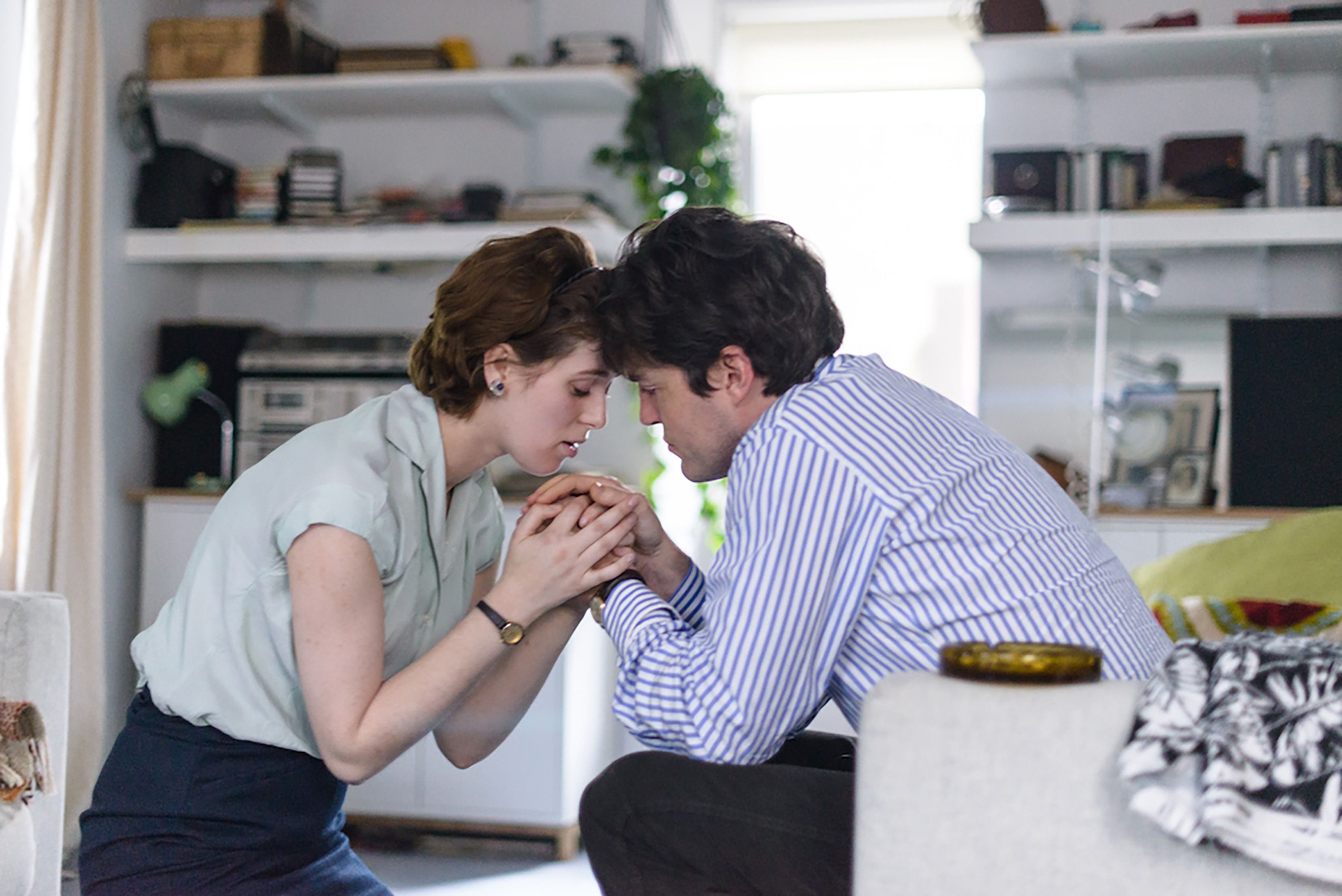
Julie and Anthony meet at a party in Julie’s flat. He listens to her as she describes the film project she is currently working on. She wants to make a movie about the city of Sunderland, which has fallen to decay. Her narrative will focus on a young boy of the city who loves his mother too much and loses her as his hometown begins to crumble, with her demise acting as a metaphor for the wreckage of the city. It’s a film student idea if ever there has been one and Anthony is the first person to point that out to her. He’s a few years older than her and while his tone can be condescending and patronizing, he also seems genuinely interested in her work and eager to help her improve on it in any way he can. She’s drawn to his passion. We then see them going out to dinner, visiting an art gallery, and before we know it, he’s moved into her flat.
These early scenes have a quiet romantic quality to them. There are no grand pronouncements of love, no theatrical displays of affection, just little moments of tenderness, beautifully observed. One of the most affecting and humorous scenes of the film involves a classic dispute that every couple will recognize as they argue about who has more room on the bed. It starts as somewhat petty, with Anthony genuinely bemoaning his lack of space before turning affectionate and goofy as he soon declares a line of demarcation on the mattress and points out that half of his body is hanging over open air. We can feel the genuine warmth between the two of them in this silly little couple’s spat. It endears us to them in a way that is both strikingly relatable and as affecting as the typical grand plea for love and forgiveness that ends most romantic comedies.
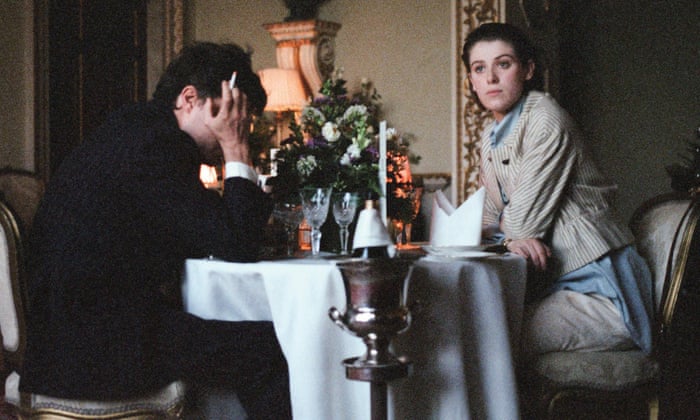
Their relationship progresses and we also follow Julie’s burgeoning film career as she struggles to hone her project and get it off the ground. Professors ask her why she is the right person to tell this story and what personal connection she has to it. She does not seem to truly know, calling it a ‘universal’ idea and highlighting how proud she is of her metaphors. We listen in on conversations with fellow students about film in general and Hogg makes it quite clear that she has a lot of disdain for film snobs. This is one of the wisest and most cutting pieces of work about film discourse ever made. Most movies that call attention to their own medium have characters talking about films that the entire audience will be aware of, but Hogg has her characters talk about film theory instead and more than half of them come off like obnoxious blowhards, with each of them declaring their own brilliance and wisdom (they are all huge Truffaut fans, of course).
As the narrative continues, it becomes clear that Hogg is not merely poking fun at film brats but also allowing these scenes to function as a treatise on the nature of film itself, particularly The Souvenir. Julie is the only one of these students who listens, who adapts to new ideas, and who changes her perspective on what type of narrative is right for her. It’s meta in a way that does not call attention to how clever it is but that serves a real purpose: Julie will grow and improve while leaving others behind. I don’t think it’s a huge leap to suggest that this is how Hogg feels about her own career.
Speaking of growing and improving, we soon realize that Julie has surpassed Anthony in regards to their respective maturity levels and that he is using her in more ways than one. It starts innocently enough, with him asking to borrow a few pounds. Soon enough, he’s borrowing so much that she has to keep taking loans from her parents, all under the ruse that it’s for ‘film equipment’. Now, a lesser movie would use this to paint Anthony as a monster and leave it at that. Hogg does not take the easy way out, as she gradually reveals that Anthony is suffering from a severe heroin addiction and is forever at the mercy of it. She does not let him off the hook nor does the film turn into a harrowing examination of addiction. Instead, it paints this aspect of him as a troubling part of a more functioning whole. He hates what he is doing and often denies it—more to himself than to Julie—as a defense mechanism. And he wants to get better but may not have the strength for it.

We also see other more subtle cracks in their relationship, as Julie grows tired of his patronizing advice and holier than thou demeanor. Like the early sequences of relative domestic bliss, these scenes have a real lived-in quality to them in which both participants are wrong and right at the same time. Hogg also presents a memorable and romantic trip to Venice in tidbits, giving us tastes of it throughout and occasionaly injecting it into the narrative to show that Julie is still tied to, and even living in, happier times. If one is going to ask the lazy question of why she stays with him, one need only look at the way Hogg plays with memory to find the answer. She suggests that it’s an ever-present force in a person’s mind and can easily tie you to something that is past its expiration date.
I wonder if I’m making the film sound like a bit of a slog and it isn’t. This is for a few reasons. Hogg never forgets to pepper in moments of humor, such as the moment when Julie visits Anthony in rehab and notices an old man outside the grounds. Anthony says in a deadpan manner, “Oh yes, he gets out every day, was brandishing an axe yesterday” and Julie looks at him in shock before they both burst into hysterics. As a writer and director, Hogg is smart enough to know that little moments of warmth and humor like this are always present between two people even in the worst and most trying circumstances.
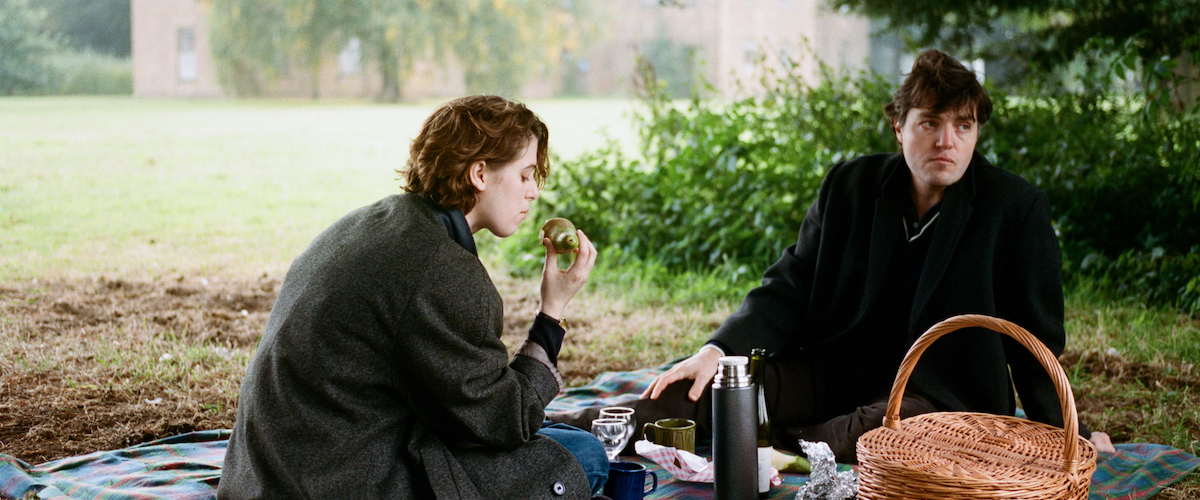
Then there’s the music. The score is often somber and harrowing, but Hogg also fills the soundtrack with pop songs that seem to reflect Julie’s inner state and her populist outlook on life. As their relationship starts, “Is She Really Going Out with Him?” suddenly roars to life. Later, when Christmas comes along, “2000 Miles” by The Pretenders plays over images of beautifully lit city streets. These music choices pep us up and make us recall our own soundtracks that we play in our heads during fun times. Hogg also uses them sparingly and cuts them off without warning, plunging us back into the reality of the situation.
Finally, there are the performances. As Julie, Swinton-Byre is a marvel, beautifully conveying affection, anger, fear, and shock all at the drop of a hat. But she’s also overflowing with energy and it never feels as if you are watching an unspeakably depressed person wander about. She stays upbeat as much as she can, which I think wisely reflects how most of us try to be when dealing with turbulent circumstances. As Anthony, Tom Burke seemingly does a lot by not appearing to do much at all. He’s always reserved, always holding something back. But he never forgets to display the character’s fierce intelligence, cutting humor, and passion. He makes it easy for us to see why Julie stays with him. I would also be remiss if I did not at least mention Tilda Swinton who plays Julie’s mother (and is Swinton-Byrne’s mother in real life). Swinton sometime gets criticized (unjustly in my opinion) for always creating larger than life characters and making insane choices. So, it is somewhat refreshing to see her play a straight-laced, normal person, who nevertheless possesses deep wells of compassion. One of the most powerful scenes comes towards the end when she decides to take on her daughter’s pain, if only for a night.
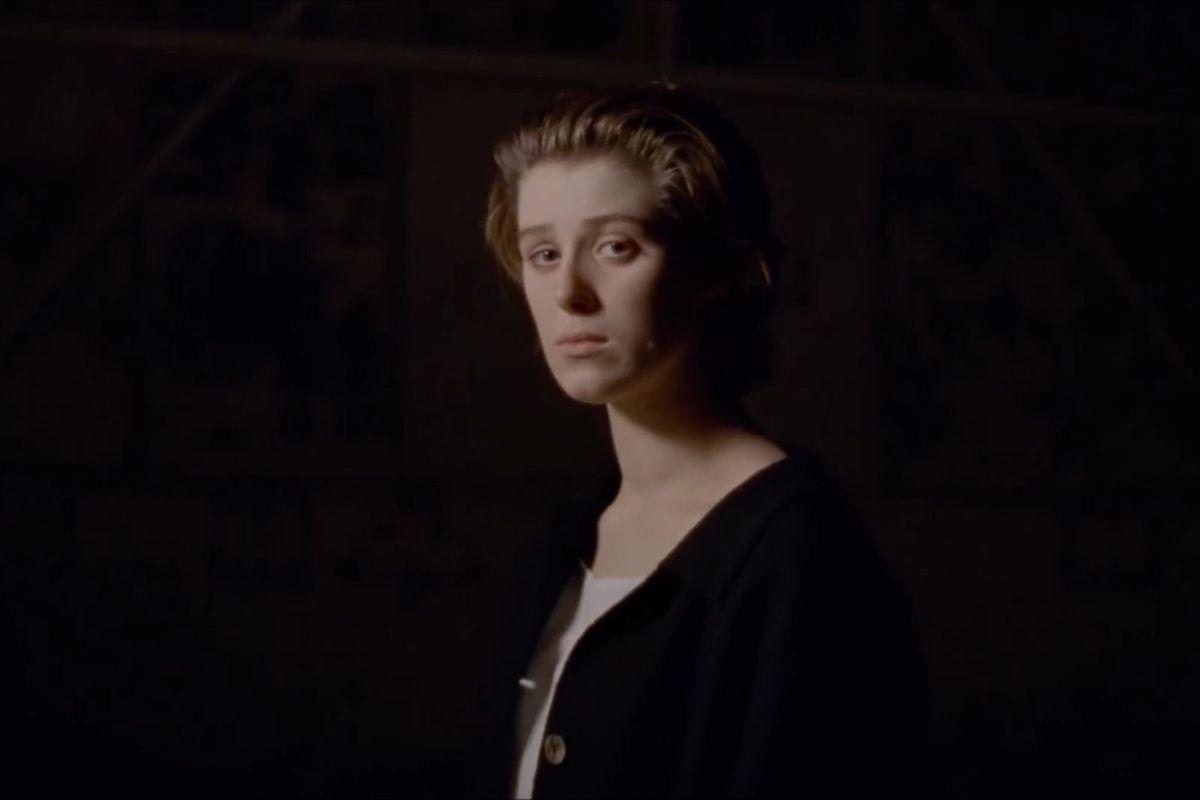
The Souvenir does not offer a lot in the way of a traditional catharsis or an easy lesson and that’s largely why it is so powerful and moving. The last scene of the film finds Julie back at film school, working on her project with newfound passion. We know she’s been through intense emotional turmoil but we also know that it has not ruined her. Her time with Anthony is a part of her now and she will always treasure aspects of it even while being acutely aware of the pain it caused. Their relationship cannot be described as simply ‘toxic’ or ‘bad’ but rather as ‘formative’. She’s on the other side of it now and has used it to help her mature, rather than wallow. As she takes a step out of the film studio and looks at the skyline, it’s hard to tell what she’s feeling. Is she determined? Sad? Perhaps both? We cannot be sure, but the colors of the sky are bright with potential.

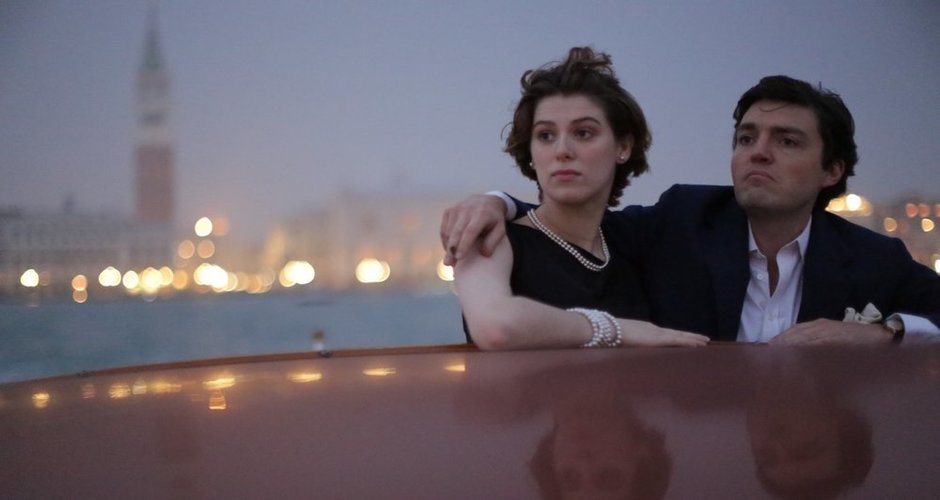
GET CHOMPED